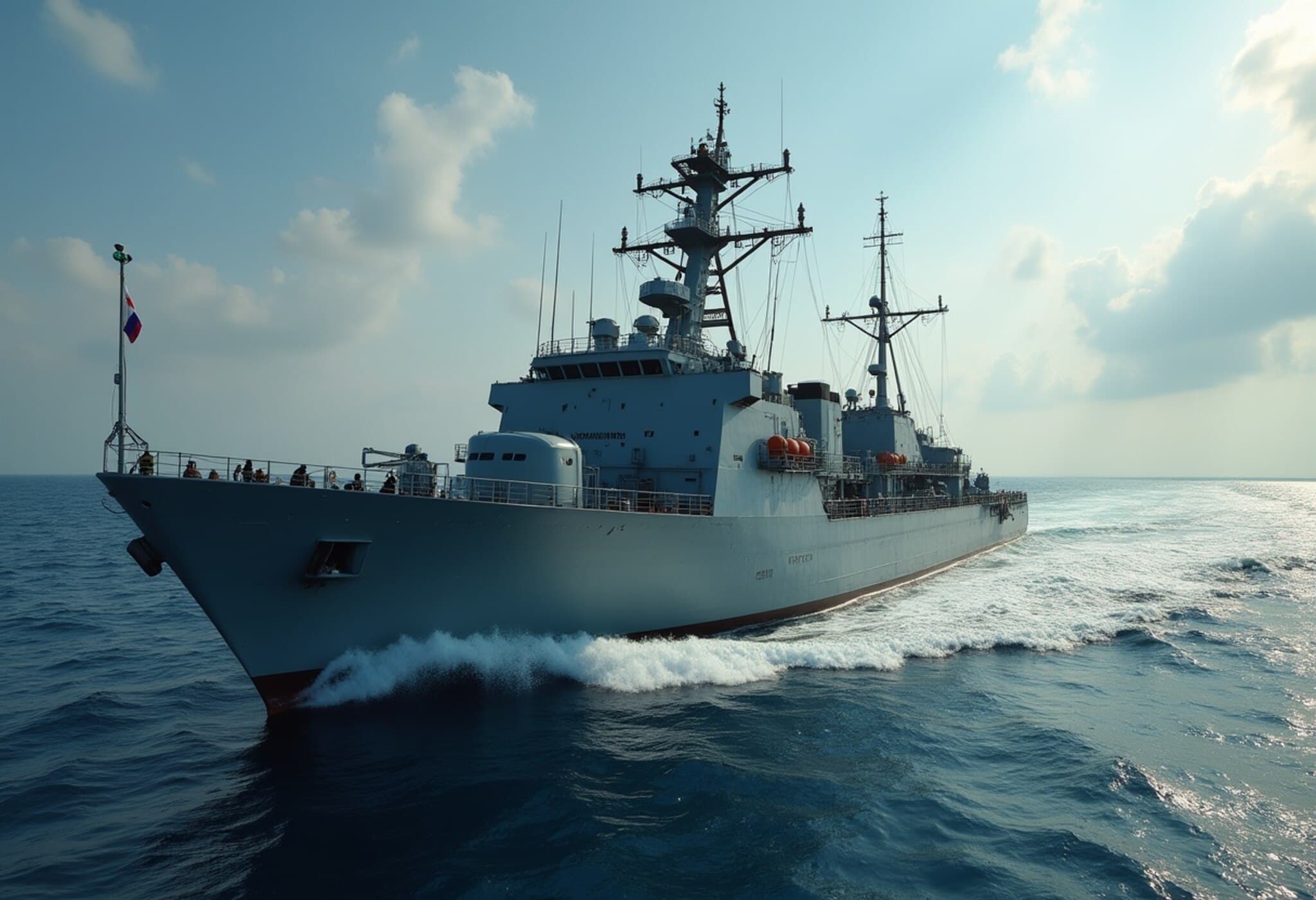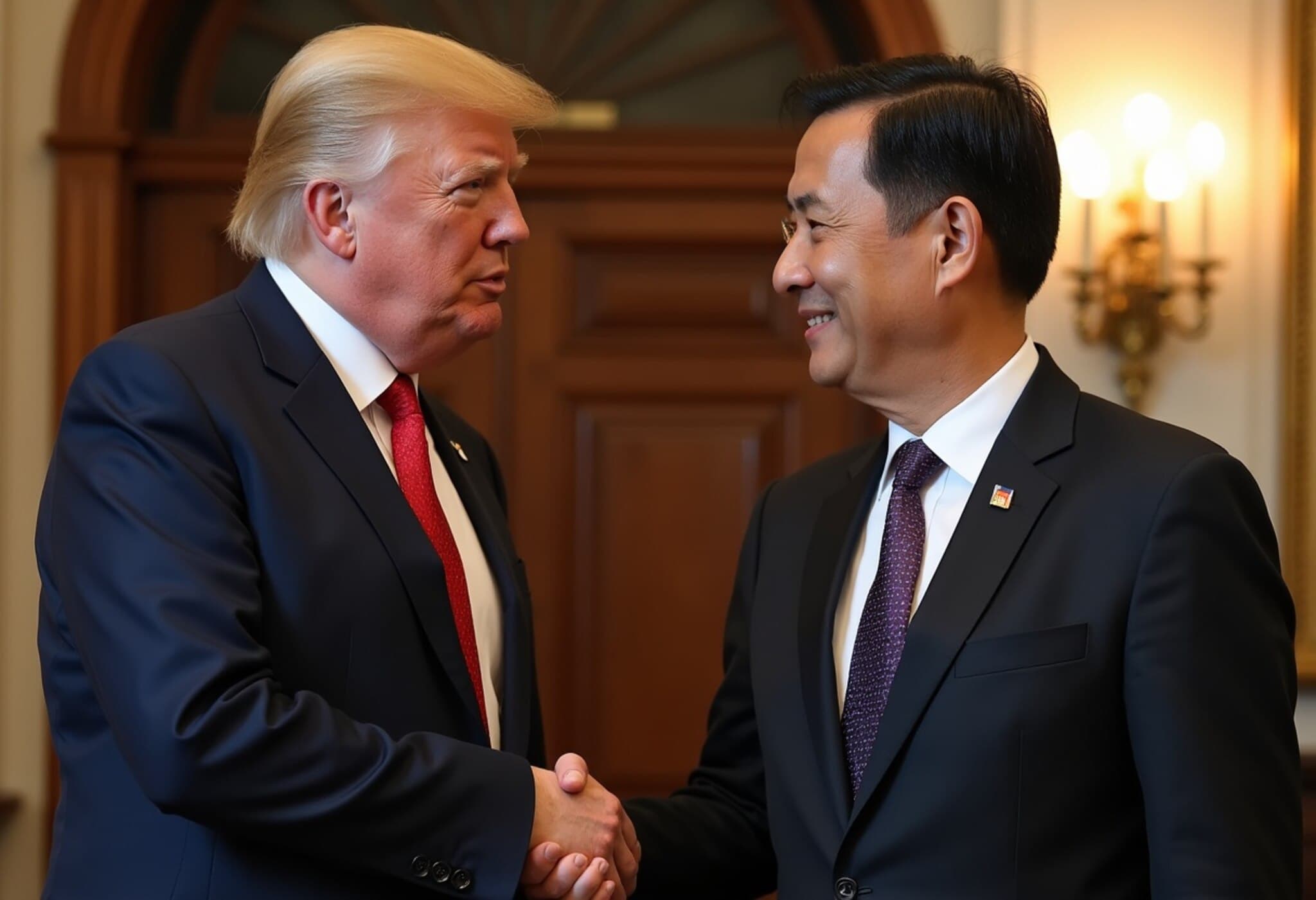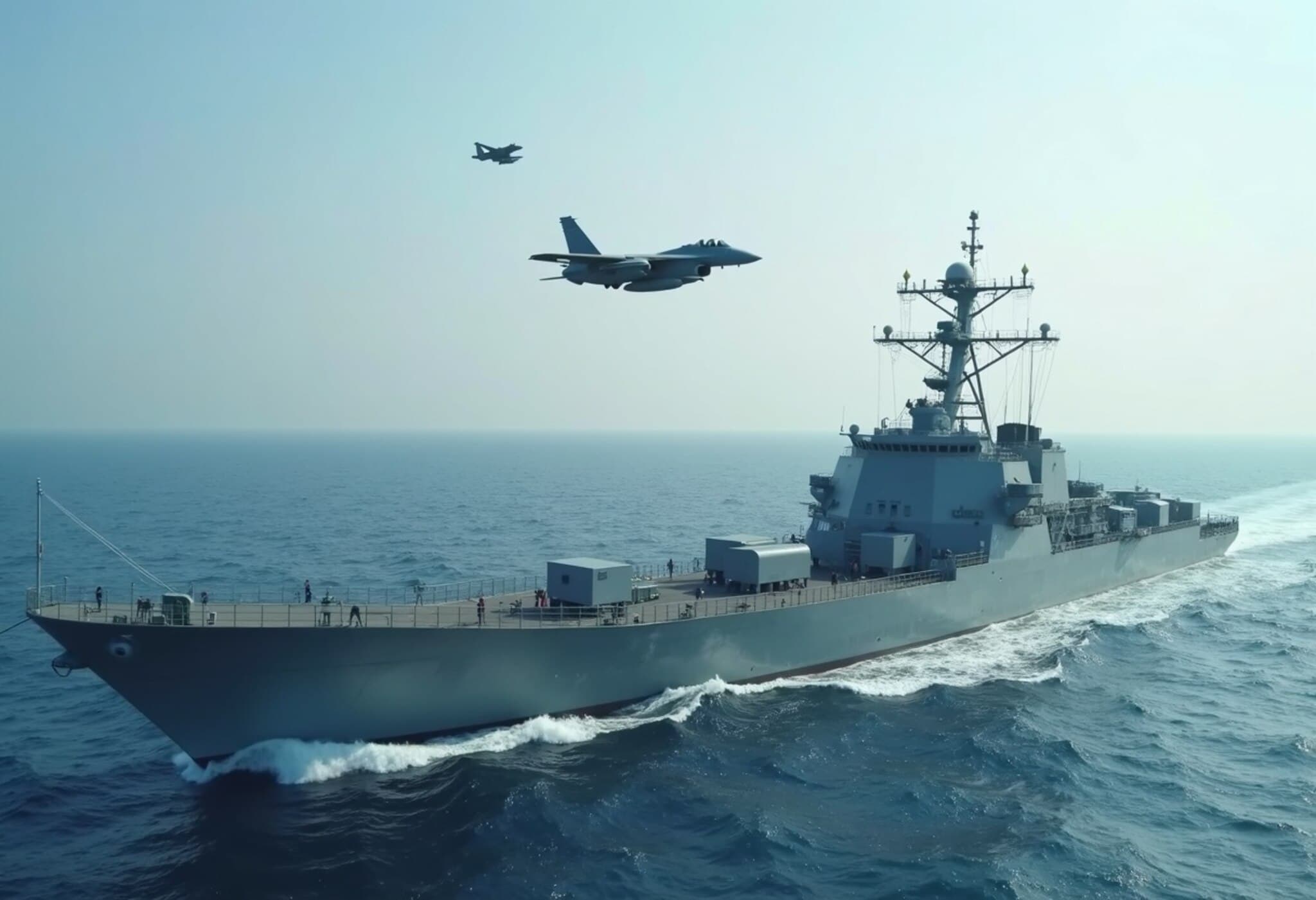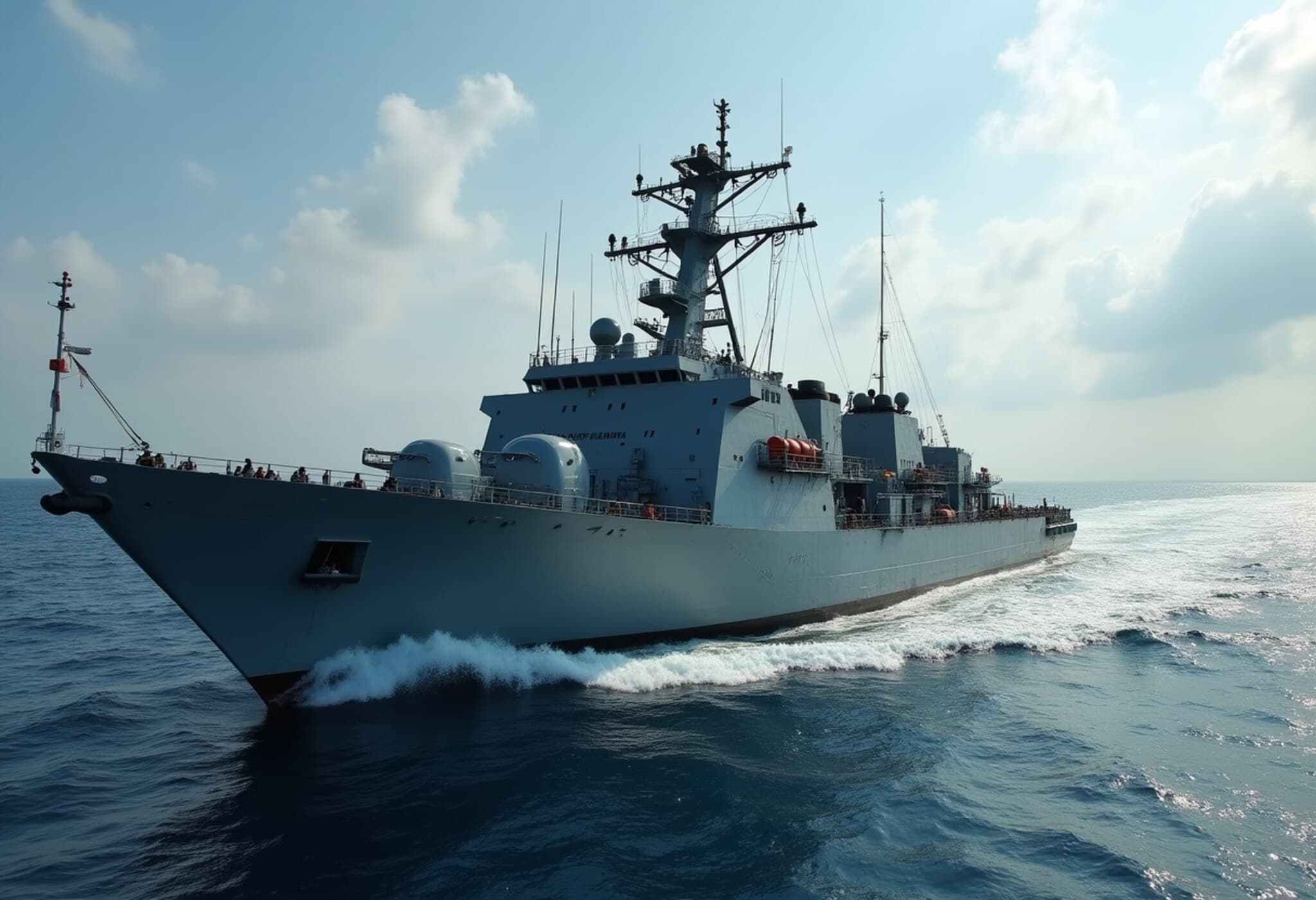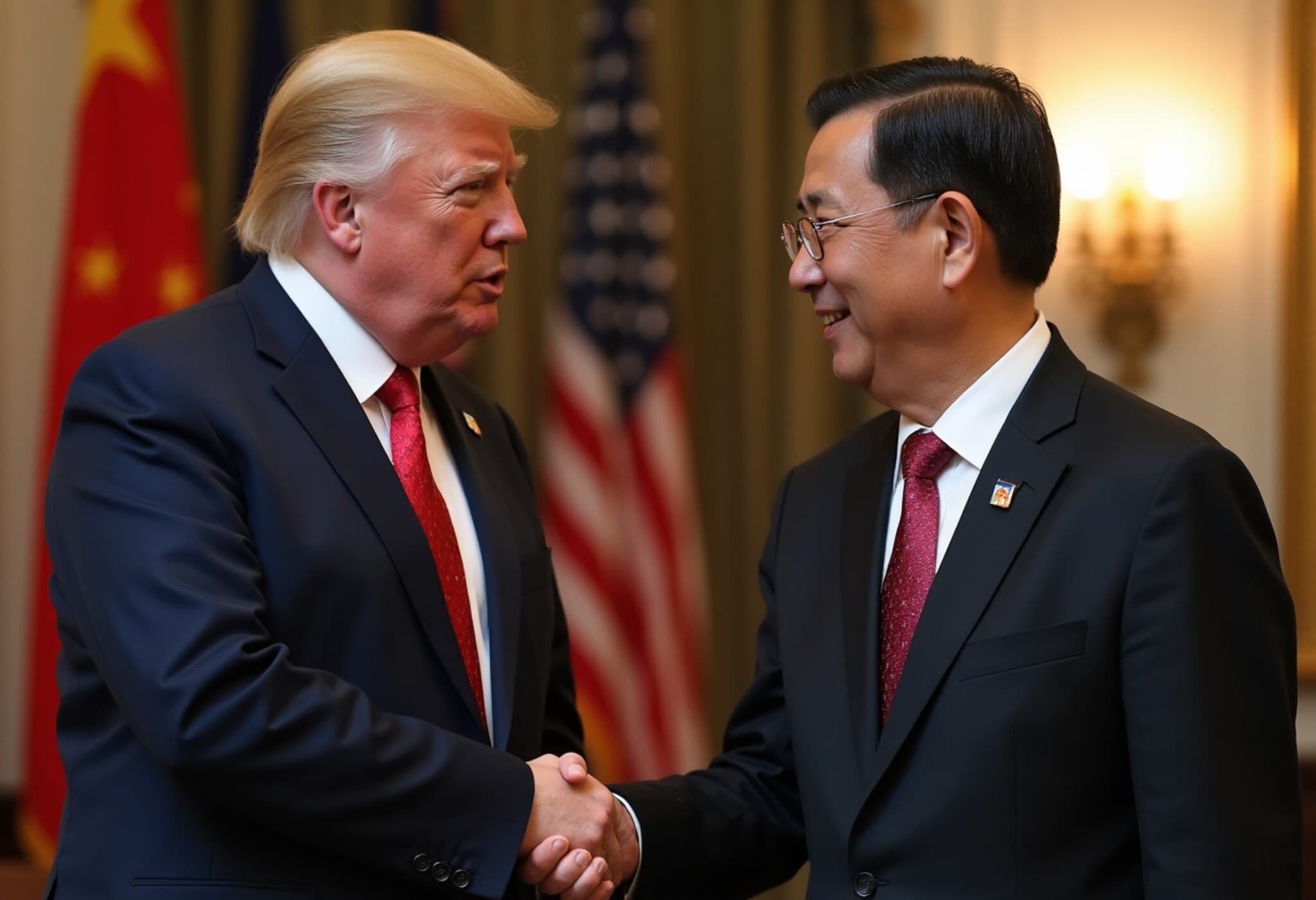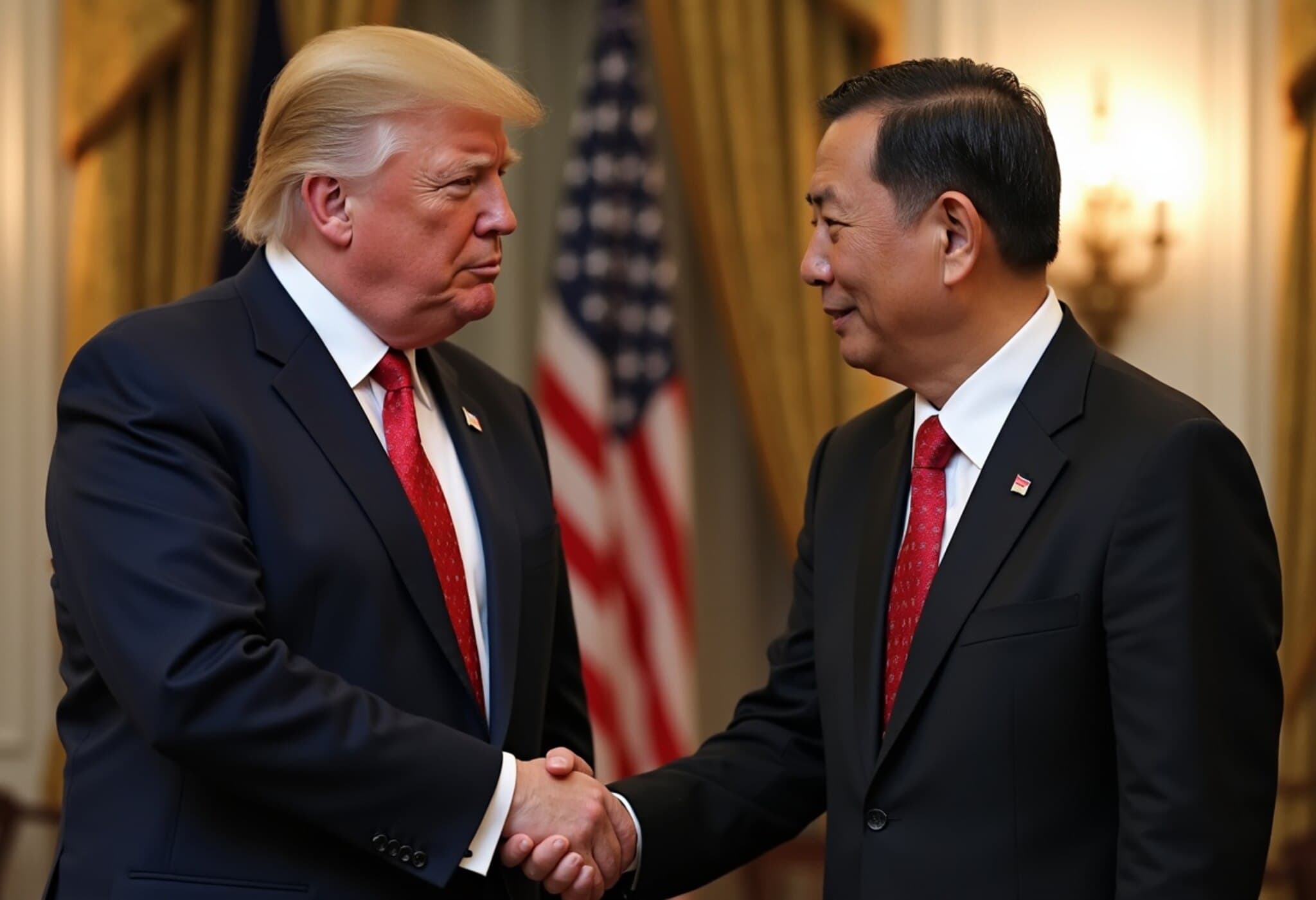Collision Amidst High-Speed Pursuit in Disputed South China Sea
In a dramatic escalation of tensions in the South China Sea, two Chinese vessels—one from the China Coast Guard and another from the People's Liberation Army Navy (PLAN)—collided early Monday while pursuing a Philippine Coast Guard ship. This incident unfolded near the contentious Scarborough Shoal, a resource-rich area long contested by Manila and Beijing, underscoring the fraught and dangerous nature of maritime sovereignty disputes in the region.
Details of the Incident
According to Jay Tarriela, spokesperson for the Philippine Coast Guard, the collision occurred during a "high-speed chase" as Chinese authorities attempted to intercept and intimidate Philippine vessels operating within their claimed waters. Video footage released by the Philippine Coast Guard captured the moment a larger PLAN destroyer deliberately cut off and collided with a smaller Chinese Coast Guard ship, crumpling its bow and effectively ending the pursuit.
In the course of this confrontation, a Chinese vessel also resorted to firing water cannon at a Philippine ship—a tactic Beijing has deployed repeatedly in recent years to assert its maritime claims—though the Philippine boat successfully evaded the aggressive measures.
Conflicting Narratives
While Manila reports “hazardous manoeuvres and blocking actions” by Chinese ships, Beijing’s official statement framed the incident as a lawful operation responding to what it described as a "deliberate intrusion" by Philippine vessels into Chinese waters around Scarborough Shoal. The Chinese Coast Guard claimed it undertook "necessary measures" such as monitoring, forcing, intercepting, and controlling Philippine ships to expel them, yet notably omitted any mention of collisions between its vessels.
Historical Context and Regional Implications
Incidents like these are unfortunately not isolated. The South China Sea has become a flashpoint for regional security tensions, with multiple collisions and confrontations between Chinese and Philippine vessels having previously damaged ships and, at times, injured Filipino sailors. China’s expansive territorial claims, largely rejected by a 2016 international tribunal ruling, continue to clash with the sovereignty assertions of Southeast Asian nations.
This latest episode comes at a sensitive moment geopolitically. Just days before the collision, Beijing cautioned Manila against "playing with fire" over the issue of Taiwan, amplifying fears that conflicts over the South China Sea could be entangled with rising US-China tensions in the broader Asia-Pacific region.
Philippine Response and Strategic Outlook
President Ferdinand Marcos Jr. delivered a candid assessment of the situation in a recent briefing, acknowledging the precarious position of the Philippines. While expressing a desire to avoid war, Marcos emphasized that a conflict over Taiwan could inevitably draw the Philippines into hostilities given its geographical proximity and alliances.
Yet, despite these risks, Marcos reaffirmed the Philippines’ steadfast commitment to protecting its claims in the South China Sea. "We will continue to defend our territory. We will continue to exercise our sovereign rights and despite any opposition from anyone," he asserted, underscoring Manila’s resolve even in the face of mounting pressure from Beijing.
Expert Insight: Navigating the South China Sea’s Turbulent Waters
From a strategic perspective, these maritime clashes reflect the broader contest for influence and resources in one of the world's busiest and most contested waterways. The Scarborough Shoal itself is rich in marine biodiversity and believed to be adjacent to significant undersea oil and gas reserves, making it an economic prize as much as a sovereignty issue.
Furthermore, the regular use of aggressive tactics such as water cannons and high-speed maneuvers risks escalating miscalculations that could trigger wider confrontation. International observers must consider not only the immediate physical damages but also the long-term implications for regional stability and the laws of the sea.
Looking Ahead: What This Means for Regional Security
- Increased Risk of Accidents: Frequent close encounters increase the chance of serious incidents that could escalate beyond control.
- Diplomatic Strain: Physical confrontations complicate diplomatic efforts between China, the Philippines, and their allies, including the United States.
- Importance of Multilateral Mechanisms: Reinforcing international maritime laws and dispute resolution frameworks remains critical to manage tensions.
- Geopolitical Ripple Effects: South China Sea friction ties into larger issues surrounding Taiwan and US-China strategic rivalry.
Editor's Note
The recent collision of Chinese vessels chasing a Philippine Coast Guard boat near Scarborough Shoal vividly illustrates how maritime sovereignty disputes can swiftly translate into dangerous confrontations. Beyond the immediate damages and diplomatic statements lie deeper questions about the rules that govern these waters and how regional actors, along with global stakeholders, will navigate an increasingly complex strategic landscape. As tensions simmer, the international community's response to uphold peace in the South China Sea remains crucial—both to safeguard local livelihoods and maintain broader Indo-Pacific security.

